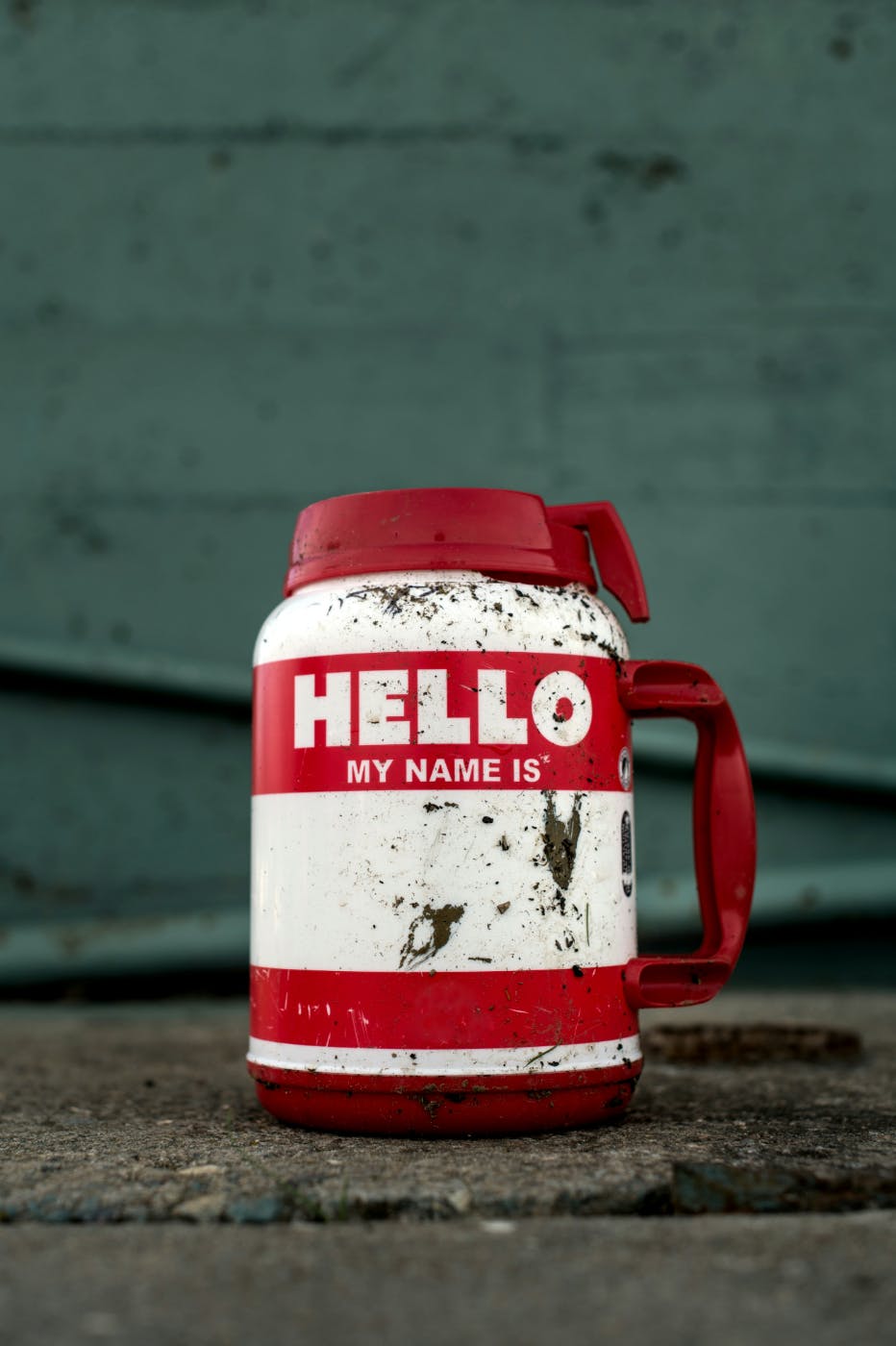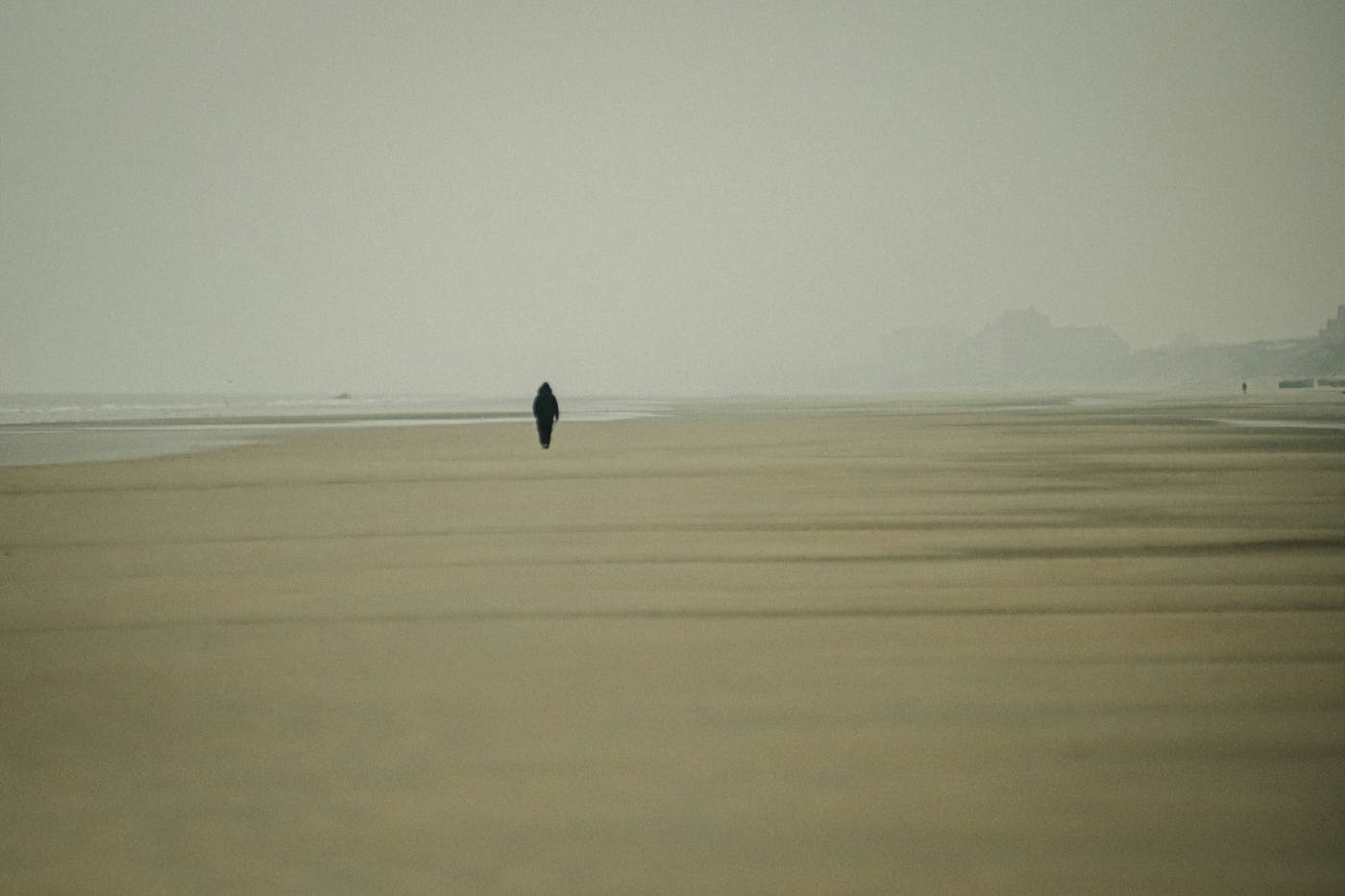
That’s true for people — and it’s just as true for brands. Because in the world of branding, exile happens more often than we think. Some brands walk away on purpose. Others get pushed.
The Human Weight of Exile
I was talking with my friend Clara last week when she mentioned something I hadn’t heard before: she said she had “self-exiled” from a group of work friends. The term stopped me. It sounded dramatic, maybe even harsh, but then she explained. The group had become toxic. Catty, mean-spirited, always talking behind each other’s backs. She realized that kind of energy was draining her, so she removed herself. Quietly. Intentionally. She didn’t make a scene. She just walked away.
I’ve done that too — stepped back from people who brought more harm than harmony. I’ve also been exiled myself, cut off from certain groups because of what I believed or how I showed up in the world. I’ve watched friends go through it as well. There’s pain on both sides — whether you choose exile or have it forced on you.
It’s never easy. Even when it’s the right move. You’re leaving behind familiarity, routines, and shared history. You start to rethink where you go, who you see, and what stories you’re part of. You feel the absence, even if it’s one you asked for.
But here’s the hard truth: the things that are best for us are rarely the easiest to do. And sometimes, exile is necessary to grow, to heal, to begin again.
That’s true for people — and it’s just as true for brands. Because in the world of branding, exile happens more often than we think. Some brands walk away on purpose. Others get pushed. Either way, what happens next can define everything that follows.
When a Brand Walks Away: The Power of Self-Exile
There’s something quietly defiant about walking away before the world forces your hand. Some brands don’t wait to be canceled, forgotten, or called out — they choose exile on their own terms.
Sometimes it’s a values-driven move. Take Patagonia, for instance. In a digital world where visibility is everything, they made the radical decision to step off major social media platforms. It wasn’t a PR stunt — it was a protest. A statement about the toll these platforms take on mental health, public discourse, and the environment. The brand exiled itself from the noisy digital crowd to preserve something more sacred: integrity.
Other brands, like Lush Cosmetics, made similar moves. Their departure from social media came with a clear message: “We’re tired of fighting with algorithms. We’d rather build trust than chase likes.” It was risky. It was inconvenient. And it was real. That’s the thing about self-exile — it rarely makes business sense in the short term. But in the long term, it can carve out a space of authenticity and credibility that’s hard to fake.
Even in the physical world, some brands have retreated. Glossier, once the darling of DTC beauty, closed its retail stores not because they were failing, but because the company needed to regroup. It was a form of strategic retreat — shutting the doors to rethink what it meant to show up for their community, not just aesthetically, but meaningfully.
Self-exile, at its best, is a signal. A line in the sand. It says, “We’re not like the others—not because we can’t be, but because we choose not to be.” It’s an assertion of brand identity rooted in restraint, not volume.
But choosing exile also means choosing uncertainty. You're stepping away from the very platforms, channels, or habits that once built your relevance. You're betting that your values will hold you, even if the crowd moves on.
And yet, not all brands get to choose their exile. Some are pushed. Hard. And their path forward is even more complicated.

The Castaways: Brands Pushed Into Exile
Not all exiles are voluntary. Some brands are cast out, rejected by culture, abandoned by customers, or banished by the very communities they once served. Sometimes it’s swift. Other times it’s a slow fade. But the message is the same: you don’t belong here anymore.
Take Victoria’s Secret. Once the epitome of mainstream beauty, the brand built an empire on exclusivity, airbrushed perfection, and a very narrow definition of what was “sexy.” For years, it worked. But the world changed, and Victoria’s Secret didn’t. The brand didn’t just lose relevance — it was exiled by a culture that had outgrown its fantasy. The fall wasn’t just about a lack of inclusion. It was about stubbornness. A refusal to listen. By the time they tried to course-correct, their exile had already become permanent in the minds of many.
Then there’s Balenciaga, a brand that walked the line of provocation — until it crossed it. In 2022, a controversial ad campaign featuring children and suggestive imagery sparked widespread outrage. The backlash was immediate and unforgiving. Balenciaga went from high-fashion darling to pariah overnight. In a world where image is everything, one bad campaign created a cultural exile they’re still trying to recover from. It wasn’t just about offense — it was about trust. Once broken, that’s hard to earn back.
And let’s not forget the brands exiled not by scandal, but by irrelevance. Myspace was once the hub of digital connection. Yahoo! was the internet. BlackBerry was in every executive’s hand. But evolution is merciless. These brands didn’t misbehave — they misread the moment. They moved too slowly. They clung to what worked instead of preparing for what would. And so they were quietly exiled to the corners of the culture, not with fury, but with silence.
Forced exile is always more painful. There’s less control, less dignity, and usually, more public reckoning. It often involves apology, reinvention, or — in some cases — an acceptance that return may not be possible.
But every exile, no matter how brutal, carries a question: Can you come back? And if so, who do you have to become?
The Road Back: Reinvention, Redemption, or Obscurity
Exile doesn’t have to be the end. Some brands find a way back — not by returning to who they were, but by becoming someone new. The journey is rarely smooth. It takes humility, honesty, and a willingness to admit that something was broken. But the reward? A second act that sometimes hits even harder than the first.
Take Domino’s. In the late 2000s, the brand was floundering. Customer feedback was brutal: the pizza tasted like cardboard. Instead of spinning the message or pretending things were fine, Domino’s did the unthinkable — they agreed. Publicly. In a bold campaign, the company admitted their food wasn’t good, and they promised to fix it. They changed their recipe, revamped their stores, and owned their past. It wasn’t just a rebrand — it was a public redemption. And it worked.
Then there’s Abercrombie & Fitch, a brand once synonymous with exclusion. In its heyday, it sold an aspirational lifestyle — one rooted in whiteness, thinness, and elite cool. But that image didn’t age well. As society shifted toward inclusion and diversity, Abercrombie’s old playbook collapsed. And yet, it didn’t die. Instead, it went quiet, did the work, and came back with a new tone, a new ethos, and a more thoughtful identity. The Netflix documentary may have helped expose its past, but the brand’s present is built on transparency and growth.
Even Barbie, a cultural icon and longtime lightning rod for body image criticism, found her way back. The 2023 film didn’t just revive the brand — it reframed it. Rather than denying her controversial legacy, Barbie leaned into it. She became a symbol of contradiction, complexity, and evolution. The result? A brand that felt self-aware, refreshed, and — for the first time in decades — relevant.
But not every brand makes it out. Quibi, despite its hype and massive funding, never earned the right to return. Juicero, Google Glass, and countless others launched big, failed hard, and never recovered. They were exiled not by scandal, but by misfire — and sometimes, that’s all it takes.
The difference between return and obscurity often lies in what a brand is willing to do in the dark. In exile. That quiet space is where reinvention begins — or where denial keeps the door shut.
And yet, exile always leaves a mark. Even when a brand makes it back, it’s changed — sometimes for the better. Which brings us to the deeper question: what does exile reveal about who a brand really is?

What Exile Reveals About Brand Identity
Exile doesn’t just remove a brand from the spotlight — it removes the mask.
Because without momentum, without trendiness, without audience applause, what’s left isn’t the campaign or the logo or the influencer strategy. What’s left is truth. Or the absence of it.
Some brands, once exiled, discover they were never really built on much at all. Their identity was performance—responsive, reactive, and shallow. And when the world moved on, there was no center to return to. They disappear not because of the exile itself, but because there’s nothing strong enough to hold them through it.
But for others, exile becomes the ultimate brand audit. The silence is clarifying. Suddenly, everything is up for reevaluation: What do we actually believe? Who do we want to serve? What are we willing to give up — even now — in order to be real?
This moment often reveals something profound: that a brand’s strength isn’t in its reach, but in its rooting. A brand rooted in something honest—even if flawed—can survive the cold. A brand built only for visibility can’t.
Sometimes, exile makes a brand more human. Without the machinery of constant marketing, there’s a chance to return to first principles: why did we start this? What problem were we trying to solve? Who did we hope to help? That humility, that hunger — it can become a brand’s new foundation. One that’s less polished but more durable.
This phase also tests the people inside the brand. Leadership is revealed in exile. Teams are challenged, reshaped. Some jump ship. Others stay and rebuild. It's not just the brand that gets stripped down — it’s the culture behind it. What survives exile is what was real all along.
And not every brand should return to where it was. Sometimes exile becomes a new identity in itself — a quieter brand, a more selective one, even a brand that exists on the edge of culture by design. There is dignity in that. Power, even.
Because exile is not inherently a failure, it’s a liminal space between who a brand was and who it might become. It’s the hard pause that allows for honest reinvention.
And those that come back? They rarely come back flashy. They come back focused. Sharper. Clearer. More aligned. Less desperate to be liked — more committed to being true.

Summing Up: The Exile Effect
Exile isn’t a failure. It’s a reckoning.
For people and for brands, it’s a moment of forced stillness — where the noise fades and the truth surfaces. Whether it’s chosen in protest, imposed through scandal, or triggered by irrelevance, exile has a way of stripping everything down to the essentials.
Some brands never come back. Their foundations were too weak, their identities too borrowed. But the ones that do return — or even reinvent themselves entirely in the margins — emerge with something deeper than momentum. They come back with meaning.
Because exile is where brands stop performing and start becoming, it’s where they ask better questions, where they listen harder, and where they finally start telling the truth.
And in a marketplace obsessed with attention, maybe the most radical thing a brand can do… is step away.
Has your band been exiled, or do you feel like that is needed? Talk to ThoughtLab, brand experts, master storytellers, and great listeners. Exile can be good; look at what it did for The Rolling Stones. But if you’re looking for a big comeback like that, you’re going to need a guide that knows the Brandscape. That’s ThoughtLab.

